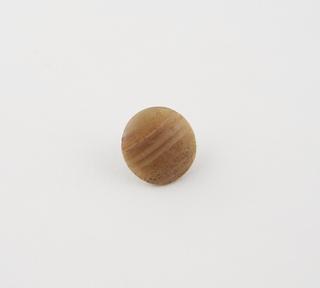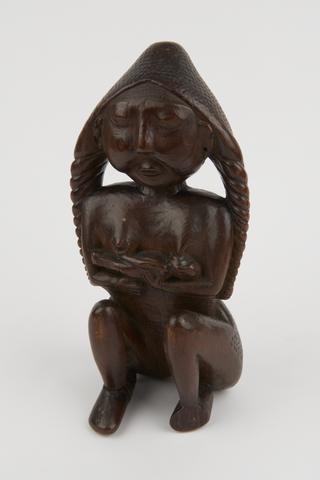
Dr Williams' 'Pink Pills'
1948-1960

1948-1960
1870-1930

1851-1900

1851-1900

1871-1920

1900-1925

1915-1938

1600-1900

1851-1900

1701-1900

1851-1900


1867-1883

1801-1900

1867-1900

1701-1900

1880-1920

1850-1950


1901-1934

1801-1920

1801-1920

1801-1900
circa 1955
1701-1900
before 1937
1891-1930
1871-1900
1871-1900
1867-1883
1867-1883
1871-1900
before 1937